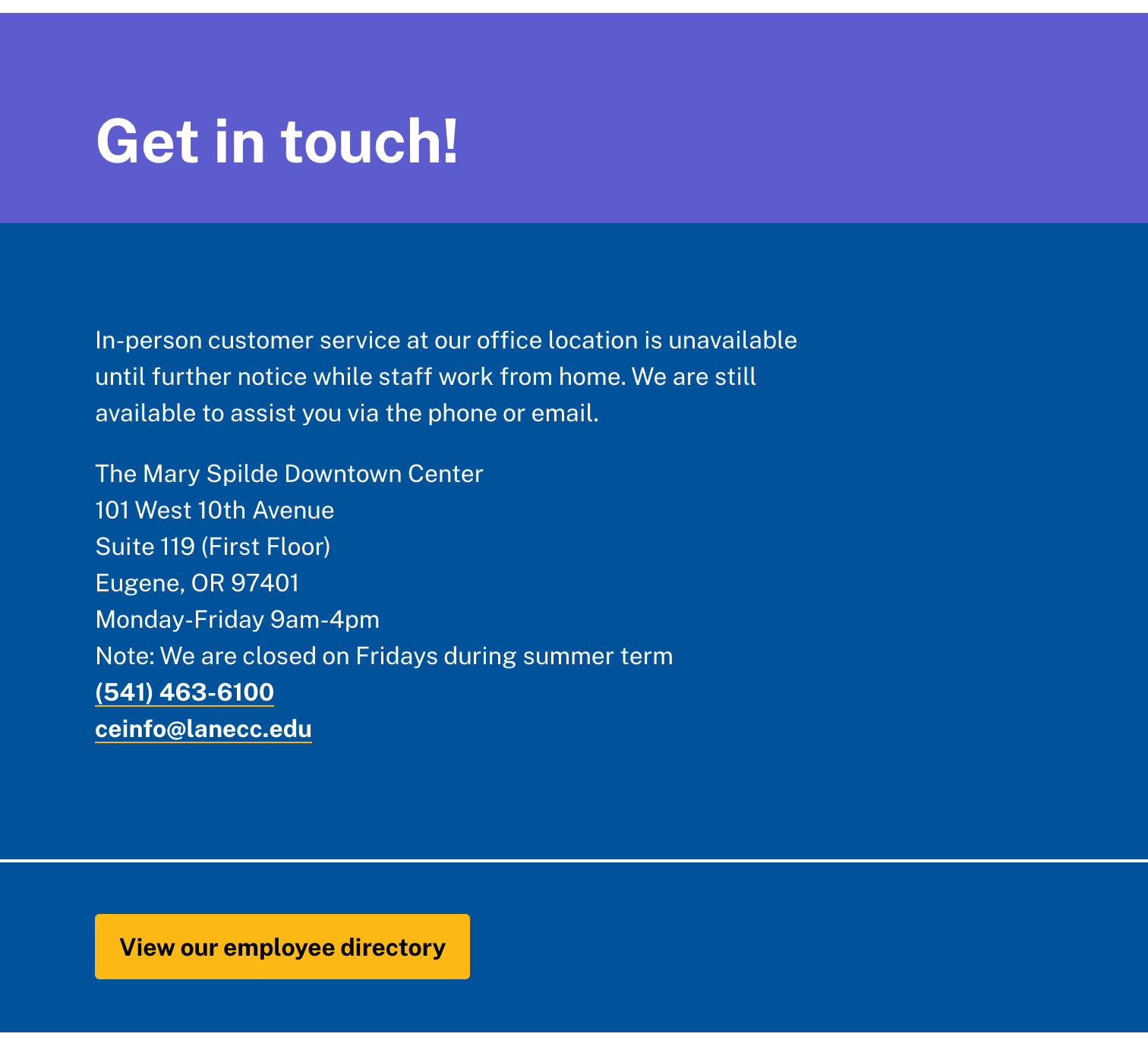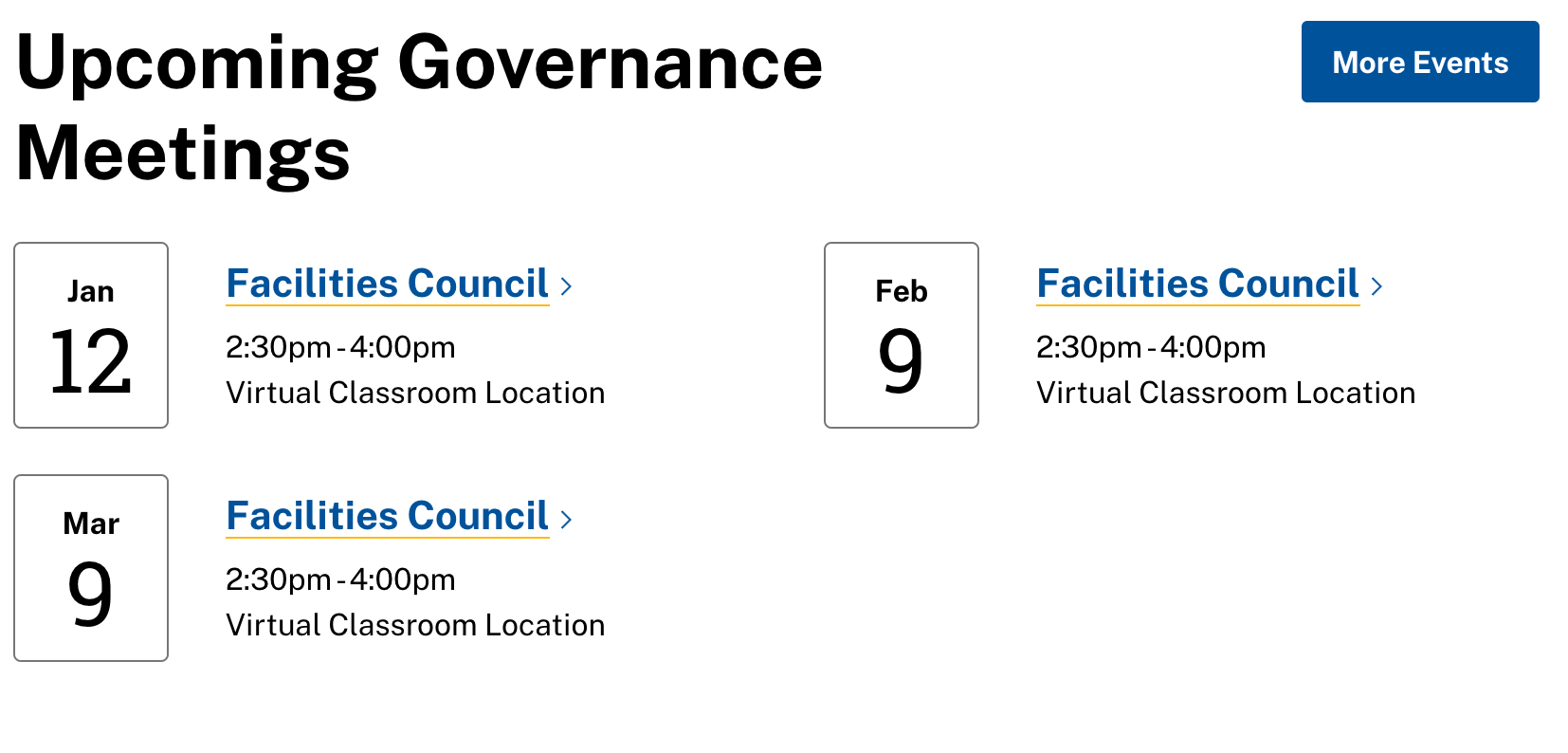As we enter December, we’re also entering a new phase of our website redesign. Very soon – possibly the end of this week – we’ll be entering into a content freeze. Editing privileges to the sites listed at the bottom of this post will be suspended as soon as we enter the freeze. I’m really, genuinely sorry I can’t provide an exact date here. Some difficulties unique to 2020 has made that impossible. I hope to know the exact date a little later this week.
Where we are and what’s next
Our redesign firm is putting the finishing touches on our website. Next they’ll import our current content, and we’ll start testing. Lori and I will try to test the new website on every possible combination of Chrome, Edge, Firefox, and Safari on Android, iOS, Mac OS, and Windows. We expect that testing to last for a few weeks, as we go back and forth fixing problems and testing again.
While we test, we’ll be working on reformatting the imported content. Our current website is built around one giant text area (the “body” field), with things like pictures or videos inserted in it. The new website will be built around reusable content blocks, like accordions, videos, or image galleries. It will take some time to reformat into the new system, but once we’re there, we should be a lot more flexible and consistent across our pages.
As part of the redesign process, the firm identified some areas where we’re lacking content. In addition to reformatting and rewriting existing content, we’ll also be doing some content development. And of course, we’ll be hunting for images to use all around the site. Don’t be surprised if we reach out looking for a higher resolution image from your pages!
While this process is a lot better than the last time we did this (when we had to hire someone to copy and paste, full time, for over a year. She was bored out of her mind!), it does create a problem: after we import all the current content into the new website, there’s going to be a multi-week period where if you make an edit to your current site, it won’t automatically be moved into the new site. That brings us to the freeze.
The freeze
Possibly as soon as the end of this week, we’ll be turning on a new module which disables edits on the list of sites found at the bottom of this post. If your site is in the list, and you absolutely must make a change to your content, reach out directly to Lori instead of doing the edit yourself. She’ll make the change on both the old and the new sites simultaneously, so we don’t lose any of the changes. This will significantly increase Lori’s workload, so please try to limit changes to what’s absolutely essential.
One question we’ve had already is forms. There are a number of departments with a critical form they need to access. If your site is frozen, you will still be able to log in and use your forms. This freeze only impacts the ability to edit your page content. For now, we’re keeping the ability to edit your forms, but may need to disable form editing when we reach the point where we’re migrating forms into the website. Unfortunately, the migration process cannot move forms, so we’ll be recreating those manually. If your form will eventually be moved to SoftDocs, it will not be migrated to the new site, even if it isn’t ready in SoftDocs when we launch the new site. The old form will continue to work for some time in the old site, but I encourage you to move it to SoftDocs as soon as possible.
If your site isn’t in the list below, then nothing in this post applies to you. We’re only migrating student and prospective student oriented content to the new website, and if your site is primarily staff oriented (ATC, FPD, PD, etc) or is largely administrative (COPPS), then we’ll probably be leaving it in the current website for now. You’ll continue to have access, and continue to be able to make changes as normal. Sometime next summer we’ll hopefully start adding functionality to that site, and work toward having a true intranet.
After Launch
While we won’t be able to nail down the exact launch date for the new site until after we’re in there reformatting and redeveloping content, we expect it to be some time late in winter term. Since we’ll be doing double entry for all website changes, it’s in our interest to get there as fast as we can.
When we launch, we plan to very slowly add new users to the site. There’s a number of reasons for this caution. Some are technical, like the all new permissions structure. But we’re also trying to create a more consistent voice on the new website, and think that’s going to be very hard to do if we bring in all 148 current website editors. Details to come as we get a little closer.
Thank you for being understanding of our need to keep everything somewhat flexible this year! If you have any questions, please feel free to reach out via email.
The List
There are some sites on here which are hybrids. For instance, Academic Technology’s site has some student pages, like the SHeD, but is mostly employee oriented. We’ll be working with those sites to try and unfreeze parts of them midway through the process.
While this list should not be considered final, here’s the list of sites we’re planning to freeze right now:
- abse
- academictechnology (LETS and SHeD pages)
- accreditation
- admissions
- advising
- advtech
- als
- alumni
- apprenticeship
- artgallery
- arts
- Arts and Humanities
- aslcc
- aviationacademy
- bond
- budget
- business
- calendars
- cc
- ce
- cec
- cfe & lcfc
- cit
- collegenow
- commencement
- cooped
- cottagegrove
- covid19
- ctecc
- culinary
- dentalclinic
- disability
- diversity
- downtowncenter
- engineering
- eorp
- esfs (not the document submission form or degreeworks FAQ pages)
- esl
- español (undocumented students pages)
- facilities transportation (excluding motor pool) and event scheduling pages
- fec
- financialaid
- firstyearexperience
- florence
- food
- foundation
- gec
- governance
- healthclinic
- healthpe
- honors
- hp
- hr (employee recruitment and affirmative action pages. hr sub-terms, such as employment classifications may not be impacted)
- hsconnections
- information technology student computer labs pages
- international
- laneonline
- leadership
- learningcommons
- llc
- longhouse
- math
- mcc
- mediaarts
- mhwc
- mpr/success
- newsroom
- pathways
- perarts
- pie
- psd
- ptk
- qcc
- rtec
- safelane
- schedule
- scholarships
- science
- scp
- seniorprogramming
- sexualrespect
- socialscience
- speaker-series
- sss
- studentconduct
- studentemployment
- studentlife
- sustainability
- testing
- trio
- tutor
- va
- wc
12/6 – This post was edited to add accreditation and budget to the above list, and to add notes to the esfs, español, facilities, it, and hr sites.


 You see the problem: it looks like we only have one governance council. Going forward, if your event is open to the public, it’s going to be incredibly important to make sure to get that scheduled on 25 Live. If you don’t, it simply won’t show up.
You see the problem: it looks like we only have one governance council. Going forward, if your event is open to the public, it’s going to be incredibly important to make sure to get that scheduled on 25 Live. If you don’t, it simply won’t show up.